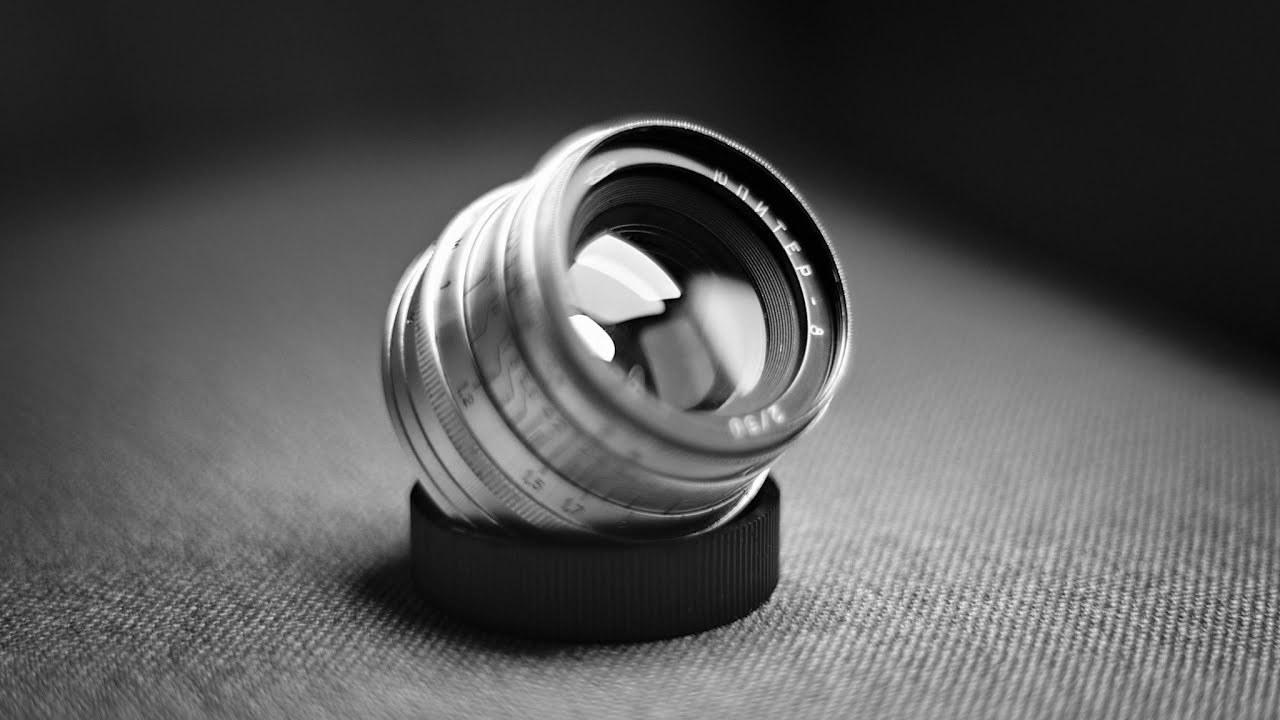I could argue, as do others, that Konica playes a much bigger, more important role in the development, innovation and advancement of the SLR and lens market in Japan in the years immediately after WW2. In 1928 Konica, then known as Konishuroku, made and sold the first “Made in Japan” lens.
Actually Nikon’s and Canon’s roles seem marginal at best, in comparison.
Further reading. The Konica AR System and The Konica AR System
Some firsts by Konica
– 1st 35mm SLR with a vertically-traveling metal focal-plane shutter (Konica F, 1960),
– 1st 35mm SLR with a shutter speed of 1/2000s (Konica F, 1960),
– 1st 35mm SLR with flash synchronization speed of 1/125s (Konica F, 1960),
– 1st 35mm SLR with fully coupled light meter (Konica F, 1960),
– 1st 35mm SLR with focal-plane-shutter and auto exposure (Auto-Reflex, 1965),
– 1st 35mm SLR with focal-plane-shutter, auto exposure and TTL metering (Autoreflex T, 1968),
– 1st 35mm SLR with film motorized film auto-loading and auto-advance (FS-1, 1978),
– 1st 35mm SLR with DX film speed coding capability (TC-X, 1985)
In other areas of photography, Konica originated:
– 1st Japanese mass-produced camera (Cherry Portable Camera, 1903),
– 1st Japanese SLR (Sakura Reflex Prano, 1907),
– 1st Japanese photographic lens (Konishiroku Hexar 105/4.5, 1931),
– 1st TLR with interchangeable lenses (Tele-Koniflex, 1956),
– 1st 35mm rangefinder with a vertically-traveling metal shutter (Konica FR prototype, 1961),
– 1st 35mm AE camera with CdS lightmeter (Konica Auto S, 1963),
– 1st medium format SLR with auto exposure (Konica SF prototype, 1967),
– 1st 35mm AE compact camera with incorporated flash (Konica C35 EF, 1975),
– 1st 35mm camera with auto-focus capability (Konica C35 AF, 1977),
– 1st 35mm AE half-frame camera (Konica AA-35, 1984),
– 1st 35mm camera with silent mode operation (Konica Hexar AF, 1991),
– 1st M-mount camera with motorized film advance (Konica Hexar RF, 1999),
– 1st M-mount camera with aperture-priority automatic exposure and AE lock (Konica Hexar RF, 1999),
– 1st M-mount camera with a vertically traveling metal shutter (Konica Hexar RF, 1999).
